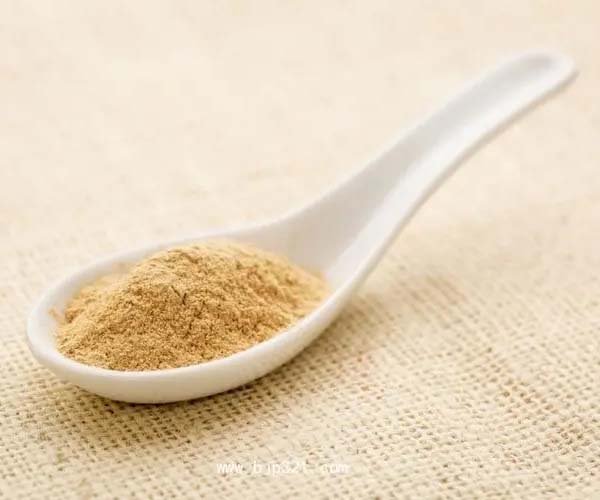Chitosan oligosaccharide (AOS) is an oligosaccharide with a polymerization degree of less than 20 obtained through the degradation of biological enzymes from abundant marine biological resources (shrimp and crab shells). It is the only “positively charged natural active product” in nature. In agriculture, it is also called aminooligosaccharide. Molecular weight ≤3000Da, low molecular weight product with good water solubility, powerful function and high biological activity.
| Items | Standards |
| Appearance | White to yellowish brown powder |
| Content (dry basis) | 90.0 % min. |
| Moisture | 10.0 % max. |
| Total Ash | 1.0 % max. |
| Water Insoluble | 0.5 % max. |
| pH | 4.0- 7.5 |
Total sugar content and degree of polymerization are key indicators to evaluate the advantages of AOS products. A large number of studies have shown that the activity of degree of polymerization (DP) 3-7 is much higher than that of DP1-2, and macromolecular sugar is the main reason for the poor water solubility and mixability of the product.
Functions of Chitosan oligosaccharide :
1. Promote growth
Indoleacetic acid is a very important growth hormone in plants and is closely related to root development.
The use of AOS can induce and increase the secretion of plant growth hormones such as indole acetic acid in plants. Research results show that after using chitosan oligosaccharide, endogenous plant hormones such as indoleacetic acid and gibberellin in plants can reach the highest level within 8 hours.
2. Induce disease resistance
Chitosan oligosaccharide can act on plants by activating the plant’s innate immune system, regulating defense genes in the plant, and inducing the plant to secrete a large amount of secondary metabolites and defense proteins. Thereby improving the disease resistance of plants, preventing the occurrence of diseases, having a broad spectrum of effects, being safe and efficient.
3. Induce stress resistance
When chitosan oligosaccharide acts on plants, it can activate the plant’s innate immune system, regulate the defense genes in the plant, and induce and improve the plant’s cold resistance, drought resistance, and salt-alkali resistance.
Add dosage:
- Flush application: 200-350g per hectar. Can be increased appropriately in fruit tree areas;
- Foliar spraying: 3-5g/15kg water.
Precautions when using chitosan oligosaccharide:
In the process of using AOS (aminooligosaccharide) preparations, some miscibility problems will always be encountered. For example, flocculation often occurs after mixing chitosan oligosaccharide (amino-oligosaccharide) with suspending agents or products using anionic surfactants. The main reason is that chitosan oligosaccharide has a positive charge and can interact with negatively charged substances, destroying the stability of the preparation, causing the originally suspended substances to precipitate due to the destruction of the system.


